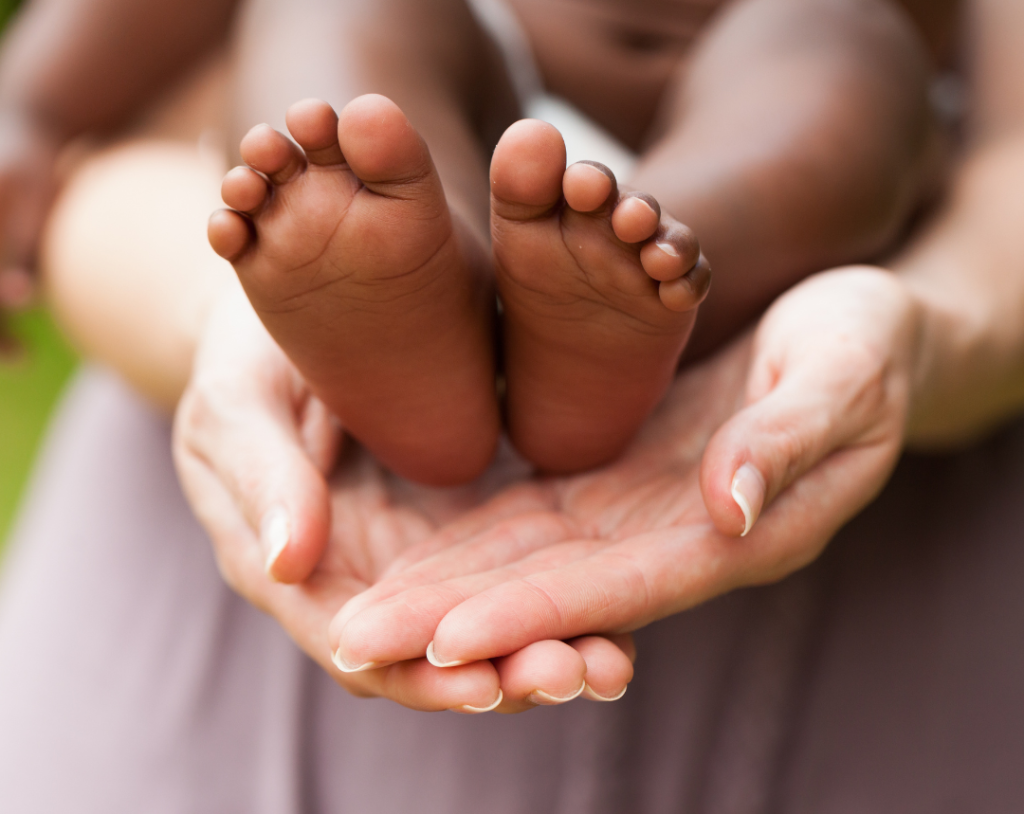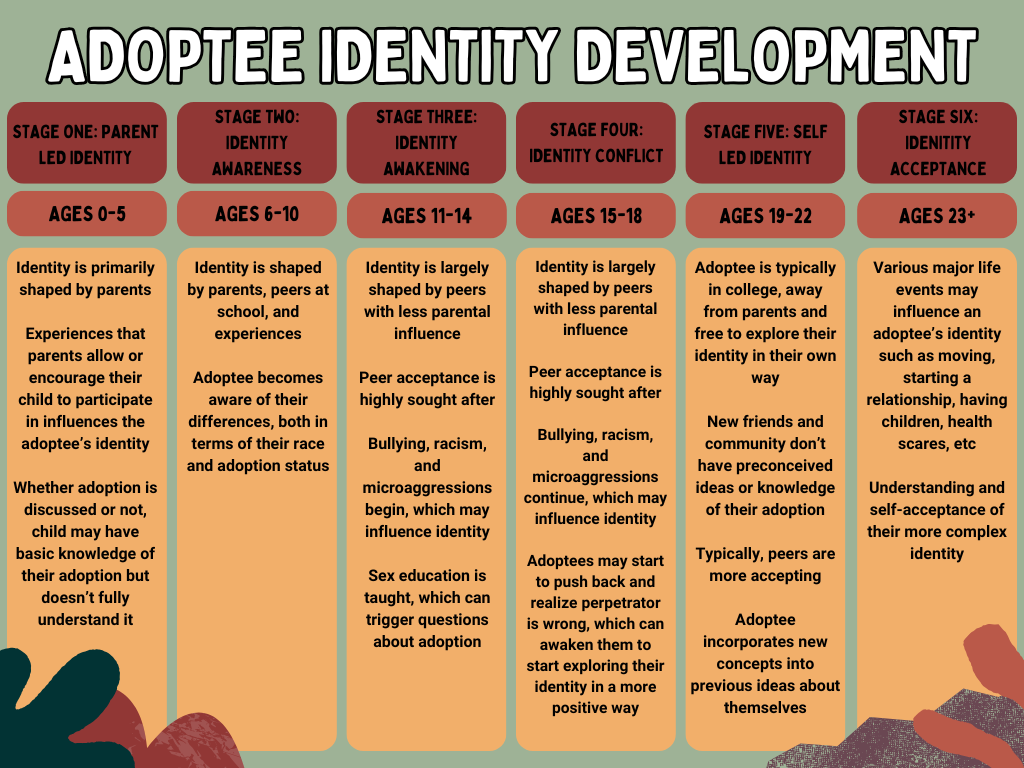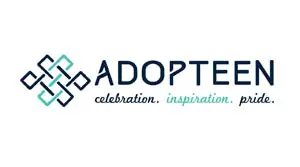By: Maddie Gustafson
Introduction
An adoptee’s identity development is a lifelong, complex journey of self-discovery filled with countless questions and layers of intricacy. Unlike biological children, adoptees often begin with a blank slate, with little to no information about their family history, personal origins, and cultural heritage. This is only amplified if the adoptee was adopted internationally, with a separation between them and their birth culture. This blank slate, combined with the potential trauma of early separation and the multifaceted realities of adoption, can leave adoptees navigating a unique set of challenges as they grow.
For adoptees, questions about belonging, family, heritage, and identity are common themes throughout one’s life. Cultural experiences and other life events influence adoptees differently, and each individual will have their own reactions. There is no “right” way to feel or react as adoptees’ emotions are shaped by their individual paths. Therefore, it is important to honor each adoptee’s feelings and validate their personal journey, as this is a crucial part of their identity and self-discovery.
In this series, we will explore adoptee identity development through different stages of one’s life, breaking down pivotal experiences and challenges that adoptees might face. We’ll look at how adoption intersects with developmental milestones, how adoptees may react during these milestones, the potential questions adoptees may have, and actionable ways parents can offer support. By centering on the adoptee’s perspective, we aim to provide insight into the nuanced reality of growing up as an adoptee while empowering parents to nurture a strong, resilient sense of self within their child.
Summary of Adoptee Identity Development Stages
Stage One: Parent Led Identity
From birth to around five years of age, an adoptee’s identity is primarily shaped by their parents. During these formative years, parents have significant influence over the experiences and environments their child is exposed to. For international adoptees, involvement in their birth culture is a vital first step in connecting them to their heritage. Cultural camps, language and dance classes, and celebrating cultural holidays are ways adoptive parents can introduce their child to their birth culture, helping shape their early sense of self. Similarly, parents who openly discuss adoption, even if the child cannot yet fully understand its meaning, create a foundation of openness and acceptance, fostering positive identity development. No matter the experiences an adoptee has, at this age a child’s understanding of adoption is limited and they rely on their parents to guide their early identity. This sets the groundwork for deeper exploration and understanding as they grow.

Stage Two: Identity Awareness
Between the ages of six and ten, a child’s world drastically shifts as they enter school. It is in this stage of development that an adoptee is growing in identity awareness, where their sense of self begins to take shape, not only through their parents, but also through interactions with peers and experiences at school. Because of these interactions, an adoptee starts to become aware of the differences between them and others. Racial differences may become more apparent, especially if the adoptee’s racial background is different from their peers. This may trigger comments and questions regarding this difference, which may lead the adoptee to question why they don’t “match” their peers in appearance. This difference can also be felt for transracial adoptees, because they have parents who are of a different race than them. School assignments, such as the classic family tree project, can further trigger feelings of being different, as the adoptee becomes aware that many of their classmates are not adopted. In this stage, parents play an essential role in helping to shape their adoptee’s sense of self while they navigate their differences at school.
Stage Three: Identity Awakening
From ages eleven to fourteen, adoptees begin navigating the complexities of pre-adolescence, where peer influence often shapes identity more strongly than parental guidance. Acceptance among peers becomes a primary focus, but friend groups are frequently based on cliques and similarities, which can make forming friendships challenging for adoptees who may already feel different. In middle school, adoptees may experience instances of bullying, racist comments, or microaggressions, all of which can intensify feelings of isolation. These experiences can negatively impact self-esteem, particularly if adoptees feel singled out due to their race, adoption status, or both. Sex education at this age can also trigger sensitive questions about biological origins and family health, bringing their adoption to the forefront unexpectedly. Such questions, while standard in a school setting, can feel triggering for adoptees who are just beginning to awaken to their differences and what these mean for their identity.

Stage Four: Identity Conflict
Fifteen- to eighteen-year-old adoptees often experience a stage of heightened identity conflict as they navigate the pressures of high school. As friend groups start to become more solidified, these relationships still influence adoptees’ sense of self. Outside of close friend groups, however, adoptees may still encounter bullying, racism, and microaggressions from other peers, which can impact their identity and self-esteem. Unlike earlier stages, however, many adoptees begin to push back against these negative experiences, recognizing that prejudice lies within the perpetrator rather than themselves. This realization can empower adoptees to start exploring their identity in a more positive way, prompting them to seek deeper connections with their cultural heritage or adoption story, while embracing their unique background with a growing sense of resilience.
Stage Five: Self Led Identity
Between the ages of nineteen and twenty-two, adoptees often enter a stage of self-led identity development, where they begin to integrate new concepts and experiences into their existing understanding of themselves. This period usually aligns with the transition to college, offering adoptees the freedom to explore their identities independently, away from the direct influence of their parents. In this new environment, adoptees are surrounded by peers who do not have preconceived notions about them or knowledge of their adoption status, allowing them to redefine their identity without the weight of past labels or expectations. This newfound autonomy enables adoptees to explore various groups and communities on campus, connecting with diverse individuals and experiences that can enrich their sense of self. Typically, peers in college are more accepting and open-minded, creating a supportive atmosphere where adoptees can navigate their identity journey. For many, this stage marks a significant turning point as they start to embrace their multifaceted identities, integrating their experiences as adopted individuals into a broader understanding of who they are.

Stage Six: Identity Acceptance
As adoptees move into the stage of self-acceptance in their early twenties and beyond, they often encounter various major life events that can significantly influence their identity. Experiences such as moving to a new city, starting a family, or facing health scares can prompt deep reflection and a reevaluation of their sense of self. During this time, adoptees typically gain a greater understanding of their complex identities, recognizing how their adoption, cultural background, and life experiences intertwine to shape who they are. This period is marked by a growing acceptance of the multifaceted nature of their identity, allowing adoptees to embrace their past while also looking forward to their future. They often find empowerment in acknowledging the diverse elements that contribute to their sense of self, fostering a more profound sense of belonging and confidence in their unique journey.

Concluding Thoughts
In each stage of development, adoptees encounter unique challenges and turning points that shape their sense of identity. From early childhood, when identity is largely guided by parents, to the independent exploration of young adulthood, adoptees navigate a complex landscape of belonging, self-understanding, and resilience. These experiences—whether grappling with racial and cultural differences, confronting microaggressions, or embracing their multifaceted backgrounds—are all part of a journey toward self-acceptance. While adoptees may face moments of conflict or uncertainty, each stage brings new opportunities for growth and self-discovery. With open, supportive conversations and environments that celebrate their unique identities, adoptees can build a confident, authentic sense of self, ultimately embracing the complexities of their individual journeys with strength and pride.
This overview of identity development stages offers just a glimpse into the adoptee journey. Throughout the month, we’ll dive deeper into each stage, exploring the adoptee’s perspective in detail and providing adoptive families with valuable resources to support healthy identity development. Looking forward, we invite you to stay tuned as we unpack these stages and share insights and strategies to foster understanding of the complex layers that make up an adoptee’s identity.



